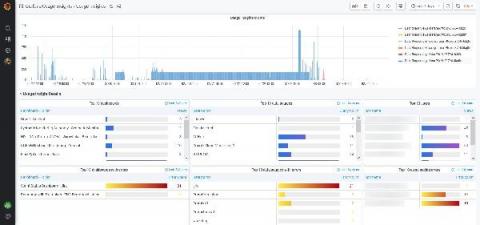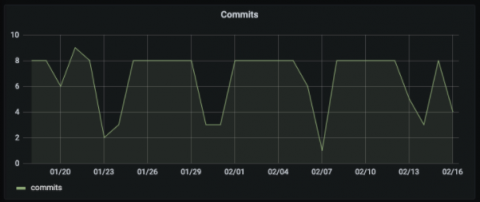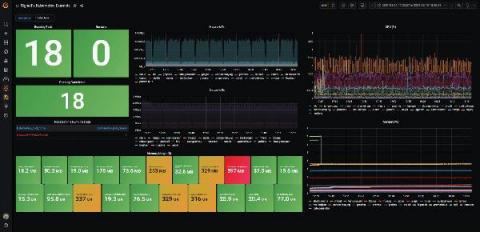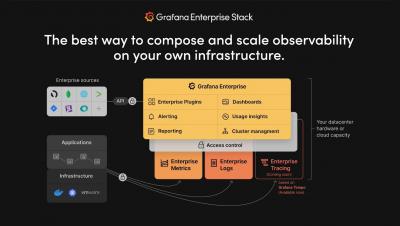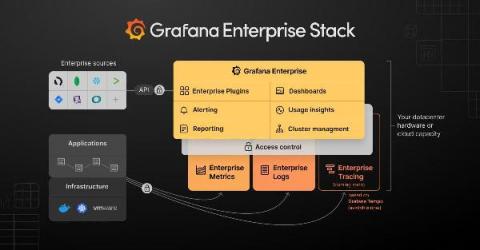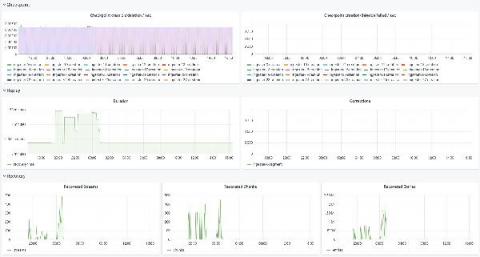How to set up a Grafana development environment on a Windows PC using WSL
The Grafana development environment runs on Linux, so most engineers have Linux installed on their machines. The Macintosh OS already supports Linux out of the box, so it’s straightforward to start up dev environments on a Mac.




